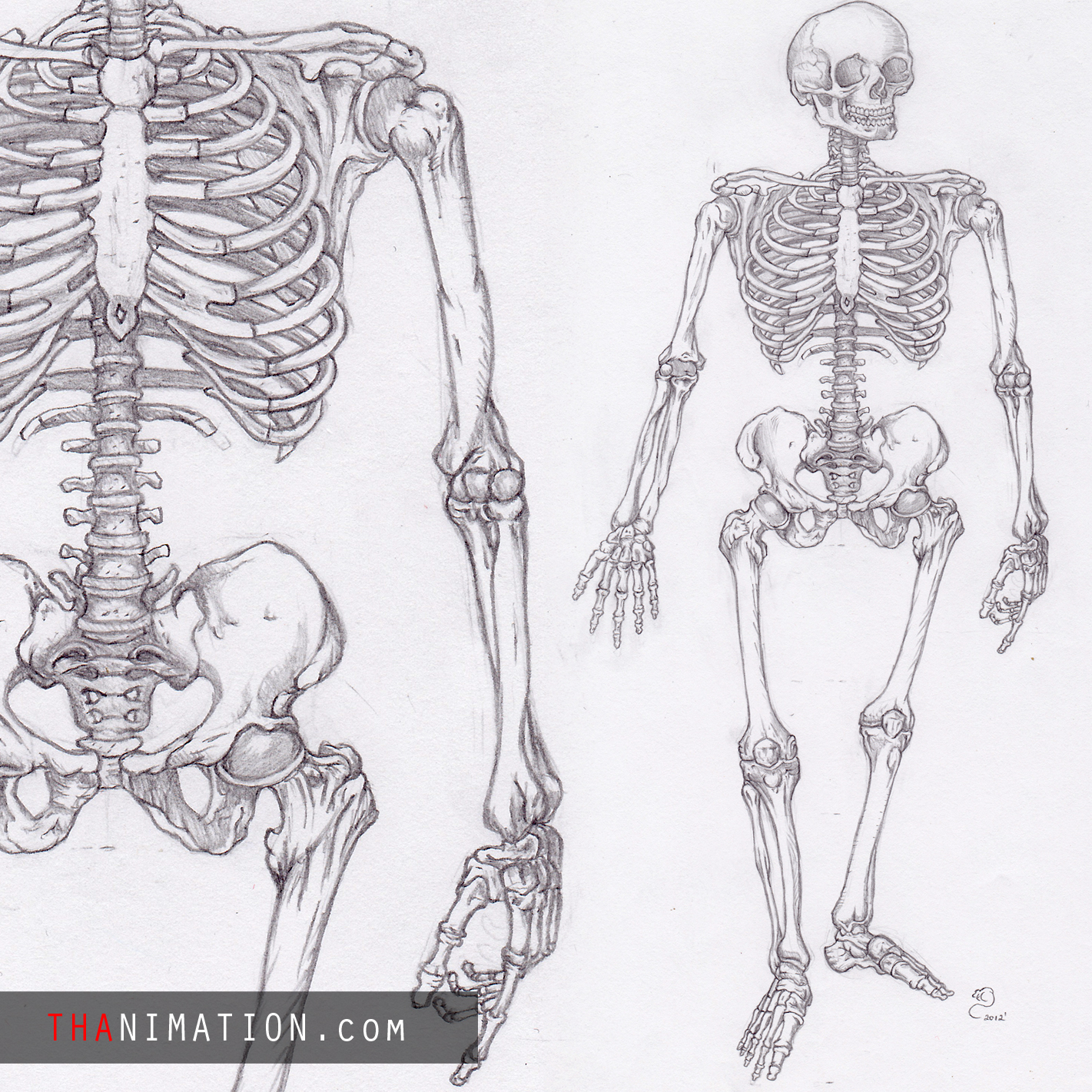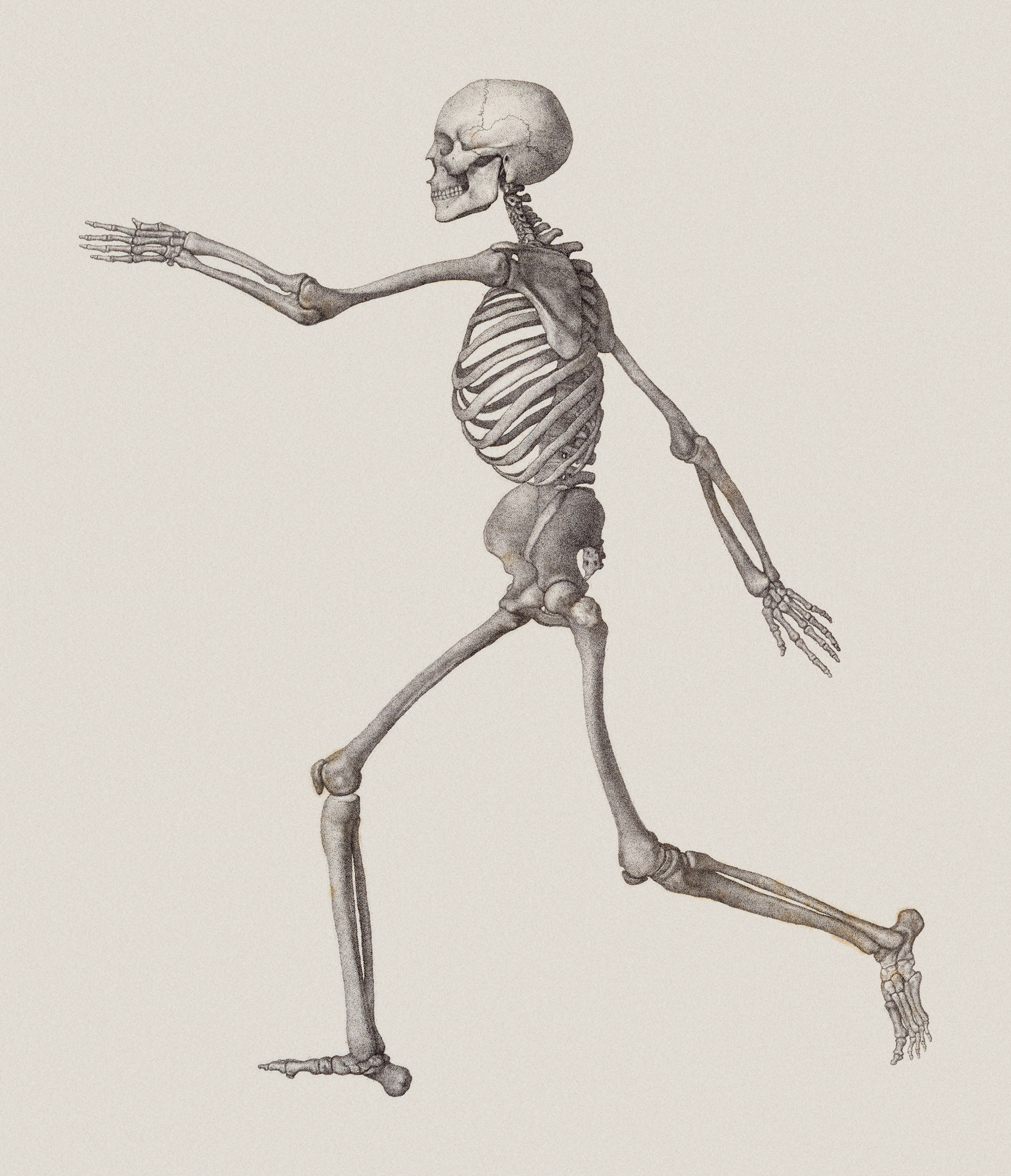

This can cause pain and a limited range of movement. ArthritisĪrthritis is an inflammation of the joints. They can be due to things such as a deficiency in vitamin D, loss of bone mass, and use of certain medications, such as steroids or chemotherapy. Metabolic bone diseases refer to a group of conditions that affect bone strength or integrity. There are many different types of fractures, but they’re generally categorized by the nature and location of the break. Fractures typically occur due to an injury or trauma, such as a car accident or a fall. The phalanges are 14 bones that comprise the toes.Ī fracture can also be referred to as a broken bone.

The metatarsals are the five bones that make up the middle area of the foot. The tarsals are the seven bones that make up the ankle. The fibula is the second bone in the lower leg, found in the outer leg. The tibia is the main bone of the lower leg. The femur is the large bone of the upper leg. The pubis is located in the front part of the hip bone.Įach leg is composed of 30 bones, known as the: The ischium is a curved bone that makes up the base of each hip bone.

The ilium is the top portion of each hip bone. It’s made up of two hipbones - one for each leg.Įach hip bone consists of three parts, known as the: The pelvic girdle, commonly known as the hips, is where the legs attach to the axial skeleton. The phalanges are 14 bones that make up the fingers. The metacarpals are five bones found in the middle area of the hand. The carpals are a group of eight bones found in the wrist area. The ulna is the second long bone of the forearm, found on the pinky finger side. The radius is one of two long bones of the forearm, found on the thumb side. The humerus is the long bone of the upper arm. Upper limbsĮach arm contains 30 bones, known as the: There are two of each of these - one for each arm.

It’s made up of the clavicle (collarbone) and scapula (shoulder blade). The pectoral girdle is where the arms attach to the axial skeleton. It consists of the bones that make up the arms and legs, as well as the bones that attach them to the axial skeleton. There are a total of 126 bones in the appendicular skeleton. Some have no attachment point and are referred to as “floating ribs.” Some of the ribs attach directly to the sternum, while others are linked to the sternum via cartilage. These bones form a protective cage around the organs of the upper torso, including the heart and lungs. The thoracic cage is made up of the sternum (breastbone) and 12 pairs of ribs. They also serve as attachment points for various ligaments. They help support the weight of the body while sitting. The sacrum and coccyx are both made up of several fused vertebrae. These five bones are found in the lower back. These 12 bones are found in the upper back. These seven bones are found in the head and neck. The 24 vertebrae can be further divided into the: The first 24 are all vertebrae, followed by the sacrum and coccyx (tailbone). The vertebral column is made up 26 bones. It serves as a point of attachment for muscles and ligaments in the neck. The hyoid is a U-shaped bone found at the base of the jaw. They work together to transmit sound waves from the surrounding environment to the structures of the inner ear. There are three auditory ossicles on each side of the head, known as the: The auditory ossicles are six small bones found within the inner ear canal in the skull. They’re found on the front of the skull and make up the face. The eight cranial bones form the bulk of your skull. These bones can be further classified by location: It’s made up of the bones that form the vertical axis of the body, such as the bones of the head, neck, chest, and spine. The adult axial skeleton consists of 80 bones.


 0 kommentar(er)
0 kommentar(er)
